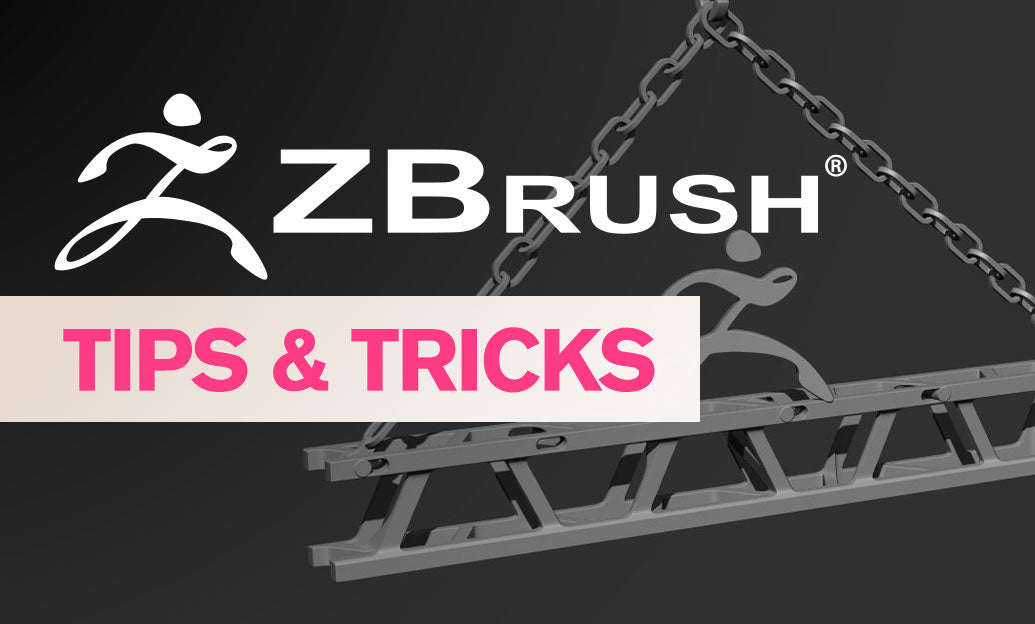Your Cart is Empty
Customer Testimonials
-
"Great customer service. The folks at Novedge were super helpful in navigating a somewhat complicated order including software upgrades and serial numbers in various stages of inactivity. They were friendly and helpful throughout the process.."
Ruben Ruckmark
"Quick & very helpful. We have been using Novedge for years and are very happy with their quick service when we need to make a purchase and excellent support resolving any issues."
Will Woodson
"Scott is the best. He reminds me about subscriptions dates, guides me in the correct direction for updates. He always responds promptly to me. He is literally the reason I continue to work with Novedge and will do so in the future."
Edward Mchugh
"Calvin Lok is “the man”. After my purchase of Sketchup 2021, he called me and provided step-by-step instructions to ease me through difficulties I was having with the setup of my new software."
Mike Borzage
Revit Tip: Enhancing Mechanical System Efficiency in Revit: Key Tips and Best Practices
December 27, 2024 2 min read

Maximizing the efficiency of your mechanical systems in Revit can significantly enhance your project’s overall performance. Here are some key tips to leverage Revit's Mechanical Systems Tools effectively:
- Utilize the Mechanical Equipment Tool: Place and configure mechanical equipment such as HVAC units, boilers, and chillers with precision. Ensure that each piece of equipment is correctly categorized to maintain consistency across your model.
- Optimize Duct and Pipe Sizing: Use Revit’s built-in sizing tools to accurately determine the dimensions of ducts and pipes. Proper sizing ensures optimal airflow and fluid dynamics, reducing energy consumption and improving system performance.
- Leverage System Connections: Establish clear connections between different mechanical systems. This includes linking HVAC components to power sources and plumbing fixtures, ensuring seamless integration and functionality within your model.
- Implement Mechanical Templates: Customize and use mechanical templates to standardize equipment placement and system configurations. This not only saves time but also ensures that all team members adhere to the same guidelines.
- Use Analytical Models: Generate analytical models to perform energy analysis and load calculations. These models help in identifying potential issues early in the design phase, allowing for necessary adjustments before construction begins.
- Employ Worksets for Collaboration: Divide your mechanical systems into worksets to facilitate collaboration among team members. This approach minimizes conflicts and enhances coordination, especially in large projects.
- Annotate Clearly: Use Revit’s annotation tools to clearly label mechanical components and systems. Clear annotations improve readability and make it easier for contractors and stakeholders to understand the mechanical layout.
- Schedule Mechanical Elements: Create comprehensive schedules for mechanical components to keep track of quantities, specifications, and installation timelines. Accurate schedules are essential for budgeting and resource planning.
- Integrate with Other Disciplines: Ensure that mechanical systems are well-coordinated with architectural and structural elements. This integration prevents clashes and promotes a cohesive design across all disciplines.
Staying updated with the latest tools and best practices is crucial for efficient mechanical system design. NOVEDGE offers a wealth of resources, including tutorials and expert advice, to help you enhance your Revit skills. By implementing these tips, you can streamline your workflow, reduce errors, and deliver high-quality mechanical designs with confidence.
You can find all the Revit products on the NOVEDGE web site at this page.
Also in Design News

2D/3D Animation:Collaboratory with Mike Morris and Aaron Paetz
February 20, 2025 1 min read
Read More
ZBrush Tip: Enhancing Organic Sculpting Techniques in ZBrush: Key Tips and Resources
February 20, 2025 2 min read
Read More
Revit Tip: Mastering Revit's Edit Profile Tool for Customized Design Efficiency
February 20, 2025 2 min read
Read MoreSubscribe
Sign up to get the latest on sales, new releases and more …


